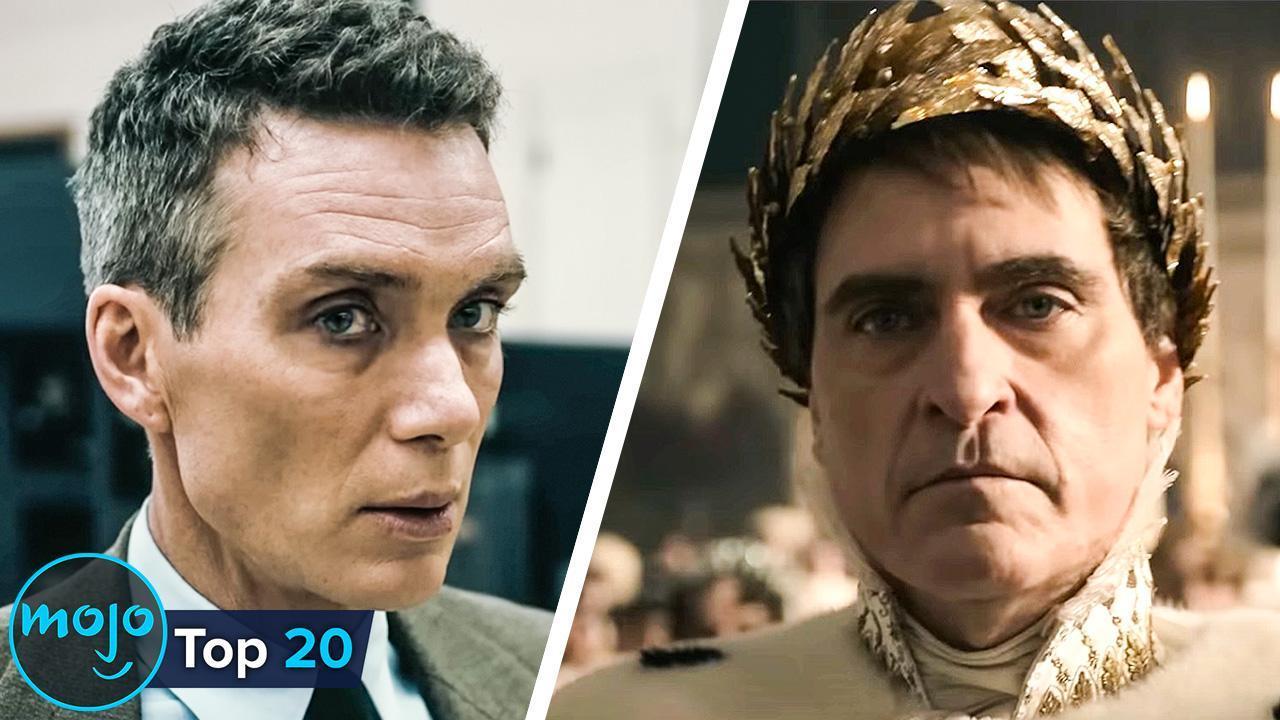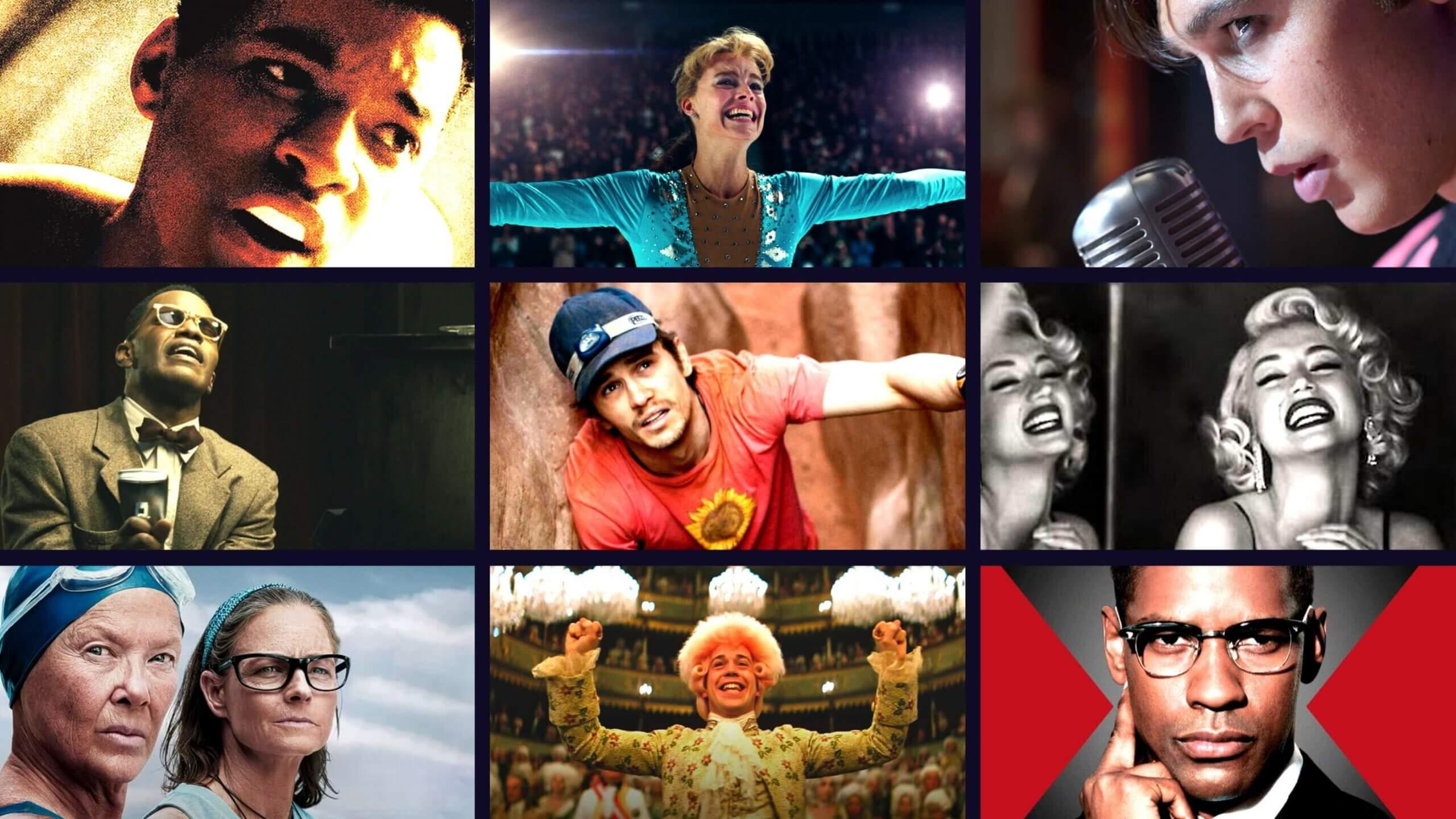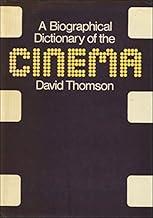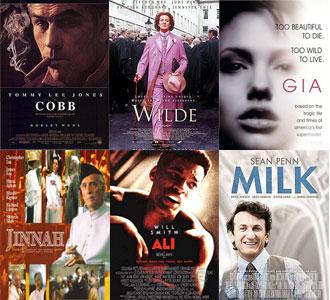Biographical films, or biopics, offer audiences a captivating glimpse into the lives of iconic figures, blending historical authenticity with cinematic artistry. These films serve as a bridge between reality and storytelling, providing not only entertainment but also insight into the complex narratives that shape notable individuals. In exploring the intersection of fact and creative interpretation, biopics often illuminate the personal and public struggles, triumphs, and nuances of their subjects. This article delves into a selection of must-watch biopics, examining how they bring famous lives to the screen with a balance of accuracy, emotional depth, and artistic vision. Through this analysis, we aim to understand the enduring appeal of these films and their role in shaping our perception of history and the people who have defined it.
Exploring Historical Accuracy in Biopics
In the realm of cinema, biopics offer a fascinating lens through which audiences can explore the lives of historical figures. However, the balance between entertainment and historical accuracy often sparks debate. While these films aim to encapsulate the essence of their subjects, filmmakers sometimes take creative liberties to enhance the narrative. This artistic freedom can lead to embellishments or omissions that shape public perception. Understanding these deviations is crucial for viewers seeking a deeper comprehension of the true events and personalities depicted on screen.
Some biopics are celebrated for their commitment to historical fidelity, while others are critiqued for straying too far from reality. Here are a few elements to consider when evaluating the accuracy of a biopic:
- Character Portrayals: Are the depicted personalities consistent with historical accounts, or have they been altered for dramatic effect?
- Timeline Adjustments: Do the events unfold chronologically, or are they rearranged to fit a cohesive storyline?
- Fact vs. Fiction: How much of the dialogue and key events are based on documented facts versus creative interpretation?
These factors not only influence the film’s reception but also its educational value, making it essential for viewers to engage critically with the material presented.

The Art of Storytelling in Biographical Films
Biographical films, often termed biopics, serve as cinematic windows into the lives of remarkable individuals, offering viewers a chance to experience pivotal moments in history through a personal lens. The art of storytelling in these films hinges on the delicate balance between factual accuracy and compelling narrative. Directors and screenwriters meticulously craft these narratives, blending documented truths with creative interpretations to captivate audiences while honoring the subject’s legacy. This fusion of fact and fiction allows filmmakers to delve into the emotional and psychological landscapes of their subjects, creating a more profound connection with the audience.
Key Elements of Successful Biopics include:
- Authentic Performances: A strong portrayal by the lead actor can elevate a biopic, bringing depth and nuance to the character.
- Historical Context: Effective biopics place the subject within their historical period, providing context to their achievements and challenges.
- Visual Storytelling: Cinematic techniques such as period-appropriate settings and costumes help to immerse the audience in the era.
- Narrative Structure: A well-structured plot that highlights key events and turning points in the subject’s life keeps viewers engaged.
In crafting these stories, filmmakers navigate the fine line between dramatization and historical fidelity, striving to present a narrative that is both educational and engaging. By doing so, biopics not only celebrate the lives of their subjects but also inspire and enlighten audiences around the world.

Notable Performances in Biographical Cinema
Biographical cinema has gifted us with some truly mesmerizing performances that not only capture the essence of their subjects but also elevate the storytelling experience. These films often demand a profound transformation from their actors, leading to portrayals that linger in the audience’s mind long after the credits roll. Rami Malek‘s portrayal of Freddie Mercury in Bohemian Rhapsody stands as a testament to this dedication, where his embodiment of the legendary Queen frontman was both poignant and electrifying. Meryl Streep‘s uncanny representation of Margaret Thatcher in The Iron Lady is another example, showcasing her ability to delve deep into the psyche of the former British Prime Minister with remarkable precision.
- Daniel Day-Lewis in Lincoln - His portrayal of the 16th U.S. President was lauded for its authenticity and depth, capturing Lincoln’s nuanced personality.
- Charlize Theron in Monster – Transforming into serial killer Aileen Wuornos, Theron delivered a chilling and raw performance that won her an Academy Award.
- Jamie Foxx in Ray – As Ray Charles, Foxx not only mastered the physical mannerisms but also brought the musician’s struggles and triumphs to life.
These performances highlight the actors’ commitment to their craft and their ability to bring historical figures to life in a way that resonates with audiences globally. They exemplify the unique power of biographical cinema to educate, entertain, and inspire.
Impact of Biopics on Public Perception of Historical Figures
Biopics have the unique power to shape our understanding of historical figures, often serving as a bridge between the past and present. Through a blend of cinematic artistry and storytelling, these films can both illuminate and complicate our perceptions. They provide a lens through which we explore the complexities and nuances of famous lives, often highlighting aspects that history books might overlook. Actors’ portrayals can humanize these figures, offering insights into their personal struggles and triumphs that textbooks may not capture. However, it’s important to remember that while biopics strive for authenticity, they are interpretations that may blend fact with dramatization for narrative effect.
In examining the impact of biopics, several key elements come to the fore:
- Selective Storytelling: Filmmakers often focus on specific events or periods, which can lead to a more nuanced understanding or, conversely, a skewed perspective.
- Cultural Reflection: These films can reflect the contemporary cultural and social values, sometimes reinterpreting historical actions through a modern lens.
- Influence on Legacy: The portrayal of a historical figure in a biopic can significantly influence their legacy, shaping public memory and academic discourse.
Ultimately, biopics serve as a powerful tool for education and reflection, inviting audiences to engage with history in a more personal and dynamic way.
The Conclusion
biopics hold a unique place in the cinematic landscape, offering audiences an opportunity to delve into the intricate tapestry of human experience by dramatizing the lives of notable figures. These films serve as both a mirror and a lens, reflecting the complexities of their subjects while providing insights into the broader cultural and historical contexts that shaped them. By blending factual accuracy with creative storytelling, must-watch biopics not only entertain but also educate, prompting viewers to engage with the nuanced realities behind the headlines and history books. As filmmakers continue to explore and reinterpret the lives of iconic individuals, these cinematic portrayals will undoubtedly remain a vital part of our collective understanding, inviting ongoing dialogue about the nature of fame, legacy, and the human condition itself. Whether for their artistic merit or their capacity to inspire and provoke thought, these films underscore the enduring allure of stories grounded in real-life experiences.






































